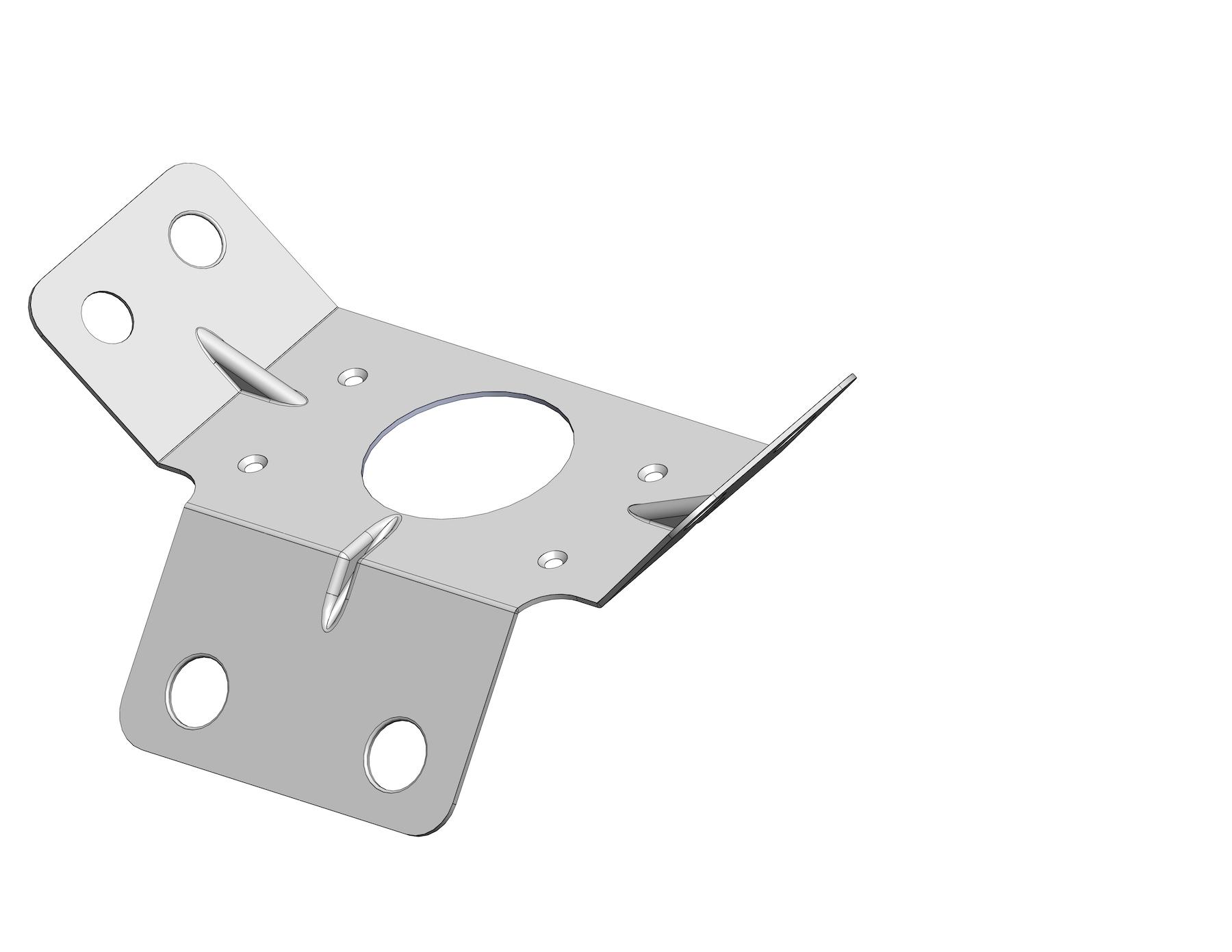Adding countersinks to formed stainless sheet metal
D
Hello, I’m working on a sheet metal enclosure (as in the image) that requires flush mounting for M6 countersunk screws. I need to add a countersink on a few holes, but the part is already flat-cut and formed. Has anyone successfully added a countersink post-process in this kind of setup without warping the part? Looking for the most practical approach, either manual or otherwise.
Suggested Topics
Topic
Replies
Views
Activity
Thermal expansion modelling for a braced rectangular steel tank
hi, for a welded steel coolant reservoir for a test stand - 4 m × 2 m × 1.5 m with internal bracing I need to account for thermal expansion. Fluid runs at 80–90... read more
0
156
Dec 22
Designing holes for M3 threaded inserts in an ABS enclosure
Hi! In my design for a small ABS enclosure for an onboard sensor module I want to switch from molded bosses to heat-set M3 inserts for the lid screws. Before I finalize CAD, what... read more
1
291
Dec 23
Airtight joint between two aluminum frame enclosures?
Hi, I have two 400 mm cubical enclosures from 20×20 mm aluminum profiles with glass on all sides except one. I need to connect them into a single temperature-controlled unit and keep the joint... read more
2
353
Dec 29
How to correctly specify standard and non-standard threads in a technical drawing?
For a machined part that has both standard and non-standard thread types, what’s the best way to call out threads in the technical drawing? In particular, should I use thread callouts or full detail... read more
6
901
Nov 14
Drawing callout for tight tolerance over short bore length
hi, I have an aluminum housing for a small gearbox where the bearing seats are, of course, critical. I need to hold tight tolerances on the ID and OD, but only over a short... read more
4
653
Oct 31
 Europe
Europe  Türkiye
Türkiye  United Kingdom
United Kingdom  Global
Global 

 Login with my Xometry account
Login with my Xometry account 